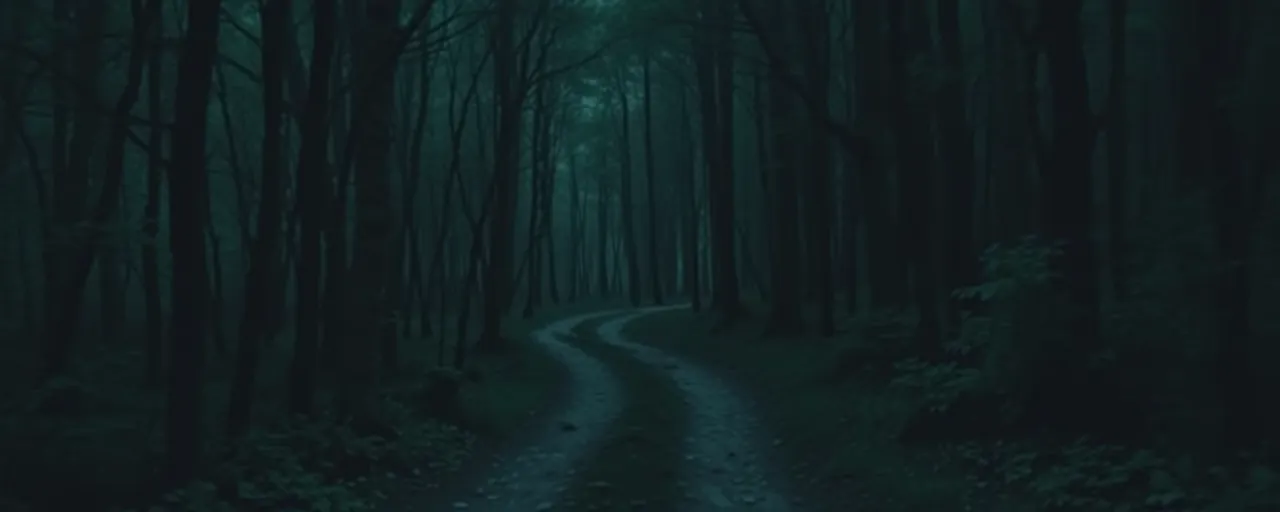A Shocking Indictment Rocks Richland
In a quiet corner of Richland, Washington, a federal grand jury delivered a jolt on April 2, charging 34-year-old Jonathan Michael Atkinson with 11 serious crimes. The accusations paint a grim picture: sex trafficking of children, producing child pornography, online enticement of a minor, and forced labor. It’s the kind of news that hits hard, a stark reminder of hidden dangers lurking in everyday communities. Authorities arrested Atkinson on April 8, and he’s set to face a judge just days later, on April 10.
The case unfolded through a coordinated effort led by U.S. Immigration and Customs Enforcement’s Homeland Security Investigations (HSI) team in Seattle, alongside a regional task force focused on internet crimes against children. Matt Murphy, acting special agent in charge of HSI Seattle, called it a 'heinous crime' targeting society’s most vulnerable. For people unfamiliar with these operations, it’s a glimpse into a world where law enforcement scrambles to keep pace with predators exploiting both technology and trust.
Task Forces Take Aim at Trafficking Networks
Atkinson’s arrest didn’t happen in isolation. It’s the result of a web of collaboration involving the Richland Police Department, Kennewick Police, Benton County Sheriff’s Office, and even federal agencies like the ATF and DEA. This Southeast Regional Internet Crimes Against Children Task Force exemplifies a growing trend: multi-agency units pooling their expertise to tackle complex cases. Data from similar efforts, like the Southwest Florida INTERCEPT Task Force, shows real impact, with over 1,000 investigations and 90 victims identified in a single year.
These task forces aren’t just about arrests; they’re lifelines for victims. By combining local knowledge with federal resources, they can sift through digital evidence, track offenders across jurisdictions, and offer support to those caught in the crosshairs. Yet, the challenge is steep. Offenders adapt fast, using encrypted platforms and AI tools to stay ahead, leaving law enforcement to navigate a constantly shifting battlefield.
The Digital Danger Zone
What makes this case stand out is its roots in the online world. The National Center for Missing & Exploited Children reported a staggering 36 million tips about online child sexual abuse in 2023 alone, a number that’s ballooned over the past decade. Predators exploit social media to groom kids, coerce them into producing explicit content, and profit through sextortion schemes. Atkinson’s charges reflect this grim reality, where the internet amplifies both reach and risk.
Technology cuts both ways, though. While offenders wield AI to generate abusive material, law enforcement and advocacy groups harness it to spot patterns and intervene. Still, gaps persist. Many online platforms lag in reporting detailed data to authorities, slowing down investigations. It’s a tug-of-war between innovation and accountability, with kids’ safety hanging in the balance.
Laws and Awareness Step Up the Fight
On the legal front, efforts are intensifying. Proposed laws like the STOP CSAM Act aim to tighten the screws on platforms, demanding faster content removal and accountability for failing to act. These measures also target emerging threats, like AI-generated imagery, by criminalizing its spread. For families new to this issue, it’s a sign that policymakers are waking up to a problem that’s outgrown older laws, though enforcement remains a sticking point.
Public campaigns play their part too. The Department of Homeland Security’s Know2Protect initiative, tied to this case, pushes education over blame, teaching parents and kids to spot warning signs. Similar efforts, like It’s a Penalty, have reached millions, sparking conversations that turn bystanders into reporters. Evidence suggests these campaigns boost tip line calls, but changing deep-seated behaviors takes time, and not every alert leads to action.
A Case Still Unfolding
For now, Atkinson’s fate rests with the courts. The charges carry a potential life sentence, a weighty prospect that underscores the gravity of the allegations. Prosecutors Laurel J. Holland and Stephanie A. Van Marter are steering the case, backed by a U.S. Attorney’s office vowing to chase down every lead. It’s a process that’ll test the system’s ability to deliver justice while protecting those it aims to serve.
This isn’t just about one man or one town. It’s a window into a broader struggle, where trafficking networks thrive on vulnerability, and responders race to catch up. The collaboration in Richland shows what’s possible when agencies align, but the sheer scale of online exploitation hints at a fight far from won. People watching from the sidelines might wonder how deep this goes, and what it’ll take to turn the tide.
